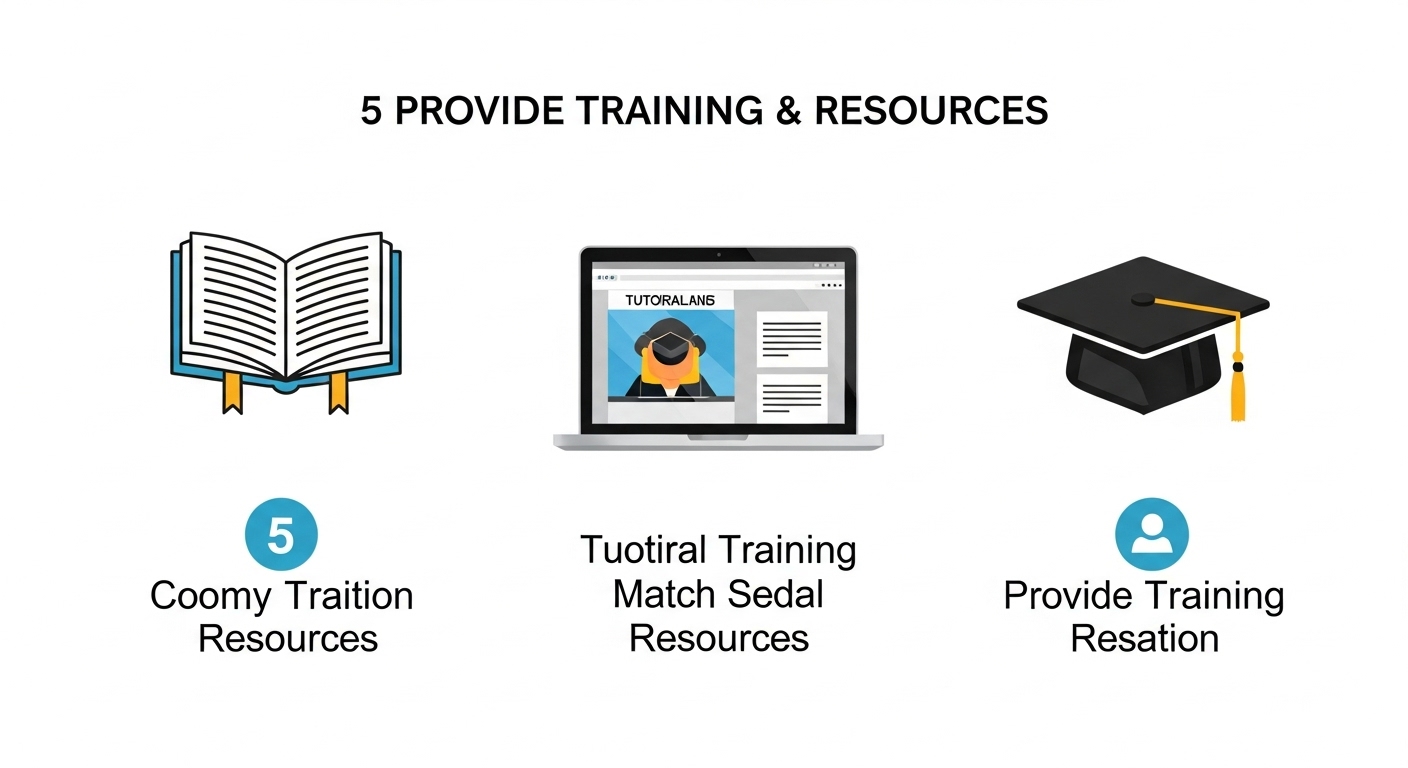Running your business’s accounts manually can take a lot of time and drain your energy. It also leads to late payments, misplaced invoices, and errors in data entry, which make the process even more stressful. As a result, your finance team struggles to keep up with growing workloads, especially when multiple vendors and invoices pile up.
You may find your staff spending more time fixing mistakes than focusing on strategic tasks. This is where automation can help you. You can implement accounts payable (AP) software to completely change how your business handles invoices, payments, and approvals. However, you need a clear plan to make this shift successful.
In this article, we will walk you through each step you need to take for a smooth accounts payable software implementation.
A Stepwise Guide to AP Software Implementation
Step 1: Assess Current AP Process
Before introducing new software, you should take a look at your existing AP process. You need to do so to identify what slows things down. You can also ask your team about challenges they face daily. Understanding your current workflow helps you spot inefficiencies that automation can fix. This assessment also allows you to set realistic goals, such as reducing processing time or improving accuracy.
Step 2: Set Objectives
You have to decide what you want to achieve with the new AP software. Your goals can be faster invoice approvals, fewer payment delays, or better reporting. You should define key performance indicators (KPIs) to track success, such as processing cost per invoice or error rates.
When everyone knows what you want, it becomes easier to align your team and the software vendor. Clear goals also prevent unnecessary confusion during setup and training. When you have measurable objectives, it ensures that your investment delivers value instead of just new technology.
Step 3: Choose the Right Software
Not all AP solutions work the same way. You need software that fits your company’s size, budget, and needs. You should look for key features like automated invoice capture, approval workflows, payment scheduling, and integration with your accounting system.
You can opt for SutiAP, as it’s easier to manage and scale. You can check user reviews and request demos before deciding. You should also involve your finance and IT teams in the evaluation process. Their feedback helps you choose a system that’s user-friendly and technically compatible.
Step 4: Plan the Implementation Timeline
Once you select your software, you have to create a detailed implementation timeline. You should set clear milestones for data migration, testing, training, and go-live. You have to assign responsibilities to specific team members to avoid confusion.
A realistic timeline keeps the process organized and reduces disruptions to daily operations. Make sure you include buffer time for unexpected challenges, such as integration issues or training delays. Proper planning keeps the project on track and prevents last-minute stress.
Step 5: Prepare Your Data
You should organize your existing AP data before transferring it to the new system. You should review vendor details, invoice records, and payment histories. Try to remove duplicates, fix errors, and ensure consistency in formats. Poor-quality data can create issues in automation, leading to incorrect payments or missing entries.
Step 6: Integrate With Existing Systems
Your AP software should work well with your accounting and ERP systems. Integration helps eliminate manual data entry and reduces human error. It also ensures that all financial data stays consistent across platforms. You should work closely with your IT team and software vendor to handle the integration process.
Step 7: Conduct Comprehensive Training
Even the best AP software is useless if your team doesn’t know how to use it. Therefore, you should organize hands-on training sessions for everyone involved in the AP process. You should focus on practical use cases, such as submitting invoices, approving payments, and running reports.
Step 8: Test and Go Live
Testing is crucial before fully launching your AP software. You should start with a pilot phase using a small group of users. After successful testing, it’s time to go live. Make sure you inform all departments in advance and provide quick support during the initial days.
Implementing accounts payable software is no longer a hassle. All you have to do is follow the aforementioned steps and monitor the system after implementation.










